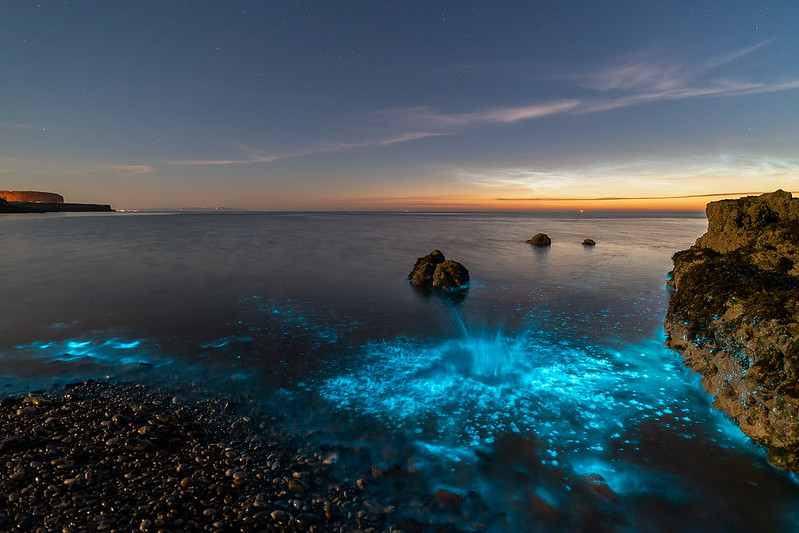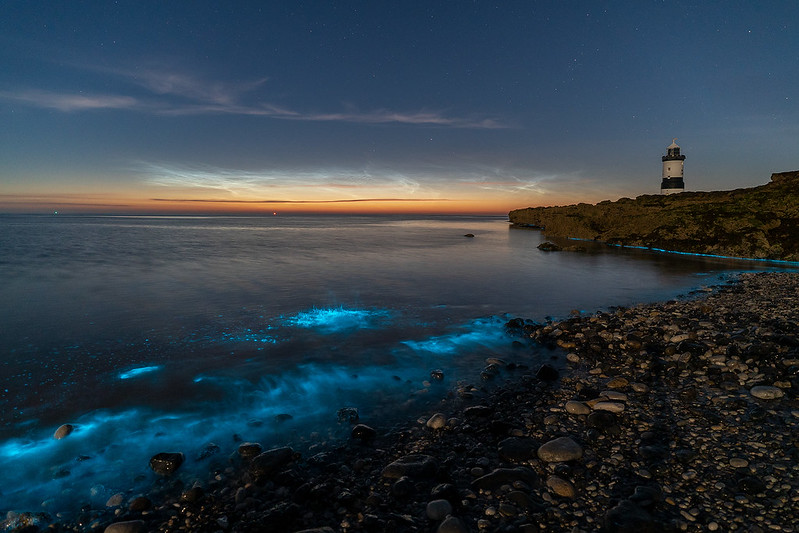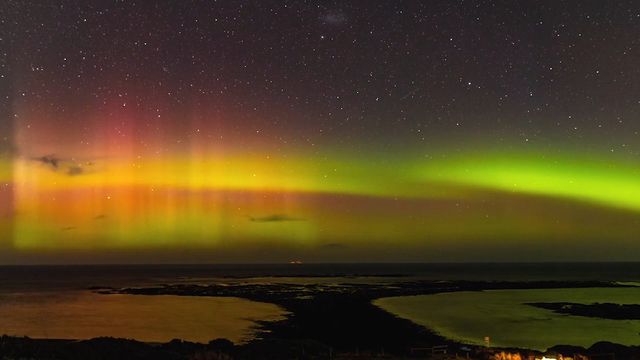
Menikmati keindahan konservasi Hiu Paus di Desa Botubarani, Gorontalo, Sulawesi Utara. (Foto: Dok. Medcom.id/Raka Lestari)
Jakarta: Menyebut kata pertama "hiu" tentu saja nyali rasanya ciut. Namun di sinilah letak kesalahpahaman orang tentang salah satu ikan besar bernama Hiu Paus.Memiliki nama latin Rhincodon typus atau yang dalam Bahasa Inggris disebut Whale Shark ini ternyata salah satu ikan yang ramah karena ikan ini adalah hiu pemakan plankton yang merupakan spesies ikan terbesar.
Cucut ikan ini mendapatkan namanya whale shark karena ukuran tubuhnya yang besar dan kebiasaan makannya dengan menyaring air laut menyerupai kebanyakan jenis paus.
Dan untuk bisa menikmatinya tak perlu jauh-jauh ke luar negeri, karena di Indonesia Anda pun bisa melihat pesona keindahan ikan yang dipercaya dapat hidup hingga berusia 70 tahun ini.
Terletak tak jauh dari pusat kota Gorontalo, sekitar 40 menit saja Anda bisa menemukan salah satu tempat wisata yang mungkin jarang ditemukan di tempat lain yaitu bjek wisata Hiu Paus.
Objek wisata tersebut tepatnya berada di Desa Botubarani, Kabupaten Bone Bolango, Gorontalo. Sebuah tiang yang bertuliskan Objek Wisata Hiu Paus menjadi penanda untuk memasuki kawasan tersebut. Di sini Anda bisa melihat hiu paus dan memberinya makan secara langsung.
(Baca juga: Kwatisore, Rumah Hiu Paus di Indonesia)

(Terletak tak jauh dari pusat kota Gorontalo, sekitar 40 menit saja Anda bisa menemukan salah satu tempat wisata yang mungkin jarang ditemukan di tempat lain yaitu bjek wisata Hiu Paus. Foto: Dok. Medcom.id/Raka Lestari)
Awal Mula Keberadaan Hiu Paus di Gorontalo
"Awal mula ada seperti ini sejak tahun 2016. Jadi dulunya ada pabrik pengolahan ikan dan kemudian limbahnya dibuang ke laut. Nahm ketika dibuang ke laut maka lautnya pun menjadi subur sehingga banyak plankton dan ikan-ikan kecil kemudian barulah banyak hiu paus yang datang ke sini," tutur Fahmi Isnan, Staff Dinas Pariwisata Gorontalo ketika ditemui tim Medcom.id.
Ia juga menambahkan bahkan pada tahun 2016 jumlah hiu paus yang datang ke perairan laut di Desa Botubarani pernah mencapai 14 ekor. "Bahkan pernah ada yang panjangnya mencapai 9 meter dan lebar mulutnya sampai 2 meter," katanya.
Hiu yang mengembara di samudra tropis dan lautan yang beriklim hangat ini juga unik karena memiliki ukuran mulut yang sangat lebar yaitu sekitar 85 cm. Dengan panjang tiga sampai lima meter, atau bahkan tujuh meter tubuh mereka dipenuhi dengan bintik-bintik putih yang memang merupakan salah satu ciri khas hiu paus.

(Di obyek wisata hiu paus ini disediakan alat untuk snorkeling dan diving bagi Anda yang ingin berinteraksi langsung dengan ikan hiu paus. Foto: Dok. Medcom.id/Raka Lestari)
Kenal Lebih Dekat Hiu Paus
Di obyek wisata hiu paus ini disediakan alat untuk snorkeling dan diving bagi Anda pecinta air. Namun jika Anda tidak mau terkena air tetapi ingin melihat dan memberi makan hiu paus secara langsung, bisa memilih untuk menaiki perahu kayu yang juga tersedia di sana. Dengan membayar tiket masuk sebesar Rp25 ribu, Anda bisa langsung menyaksikan kemunculan hiu paus dengan jarak hanya 5-10 meter dari bibir pantai.
Bagi Anda yang ingin mencoba untuk snorkeling, bisa membayar alat snorkeling seharga 250 ribu sedangkan untuk menyewa peralatan diving lengkap cukup merogoh kocek sebesar Rp450 ribu.
Menurut Pak Rismo, salah seorang nelayan di area konservasi Hiu Paus Desa Botubarani, pengunjung obyek wisata hiu paus paling ramai pada bulan Juni dan saat liburan sekolah. Untuk obyek wisata hiu paus sendiri, sudah dibuka sejak pukul sembilan pagi sampai pukul setengah enam sore waktu setempat.
Namun Fahmi memberikan saran ketika berenang bersama hiu paus sebaiknya perlu mewaspadai ekornya karena berbahaya. Dan sebaiknya ketika mau berfoto dengan hiu paus tidak menggunakan blitz atau lampu kilat.
(TIN)
Baca Di sini Bro https://www.medcom.id/rona/wisata-kuliner/zNAwEpvk-menikmati-pesona-hiu-paus-di-bone-bolango-gorontalo



















/data/photo/2018/06/30/2739975363.jpg)
/data/photo/2018/07/04/2333183026.jpg)